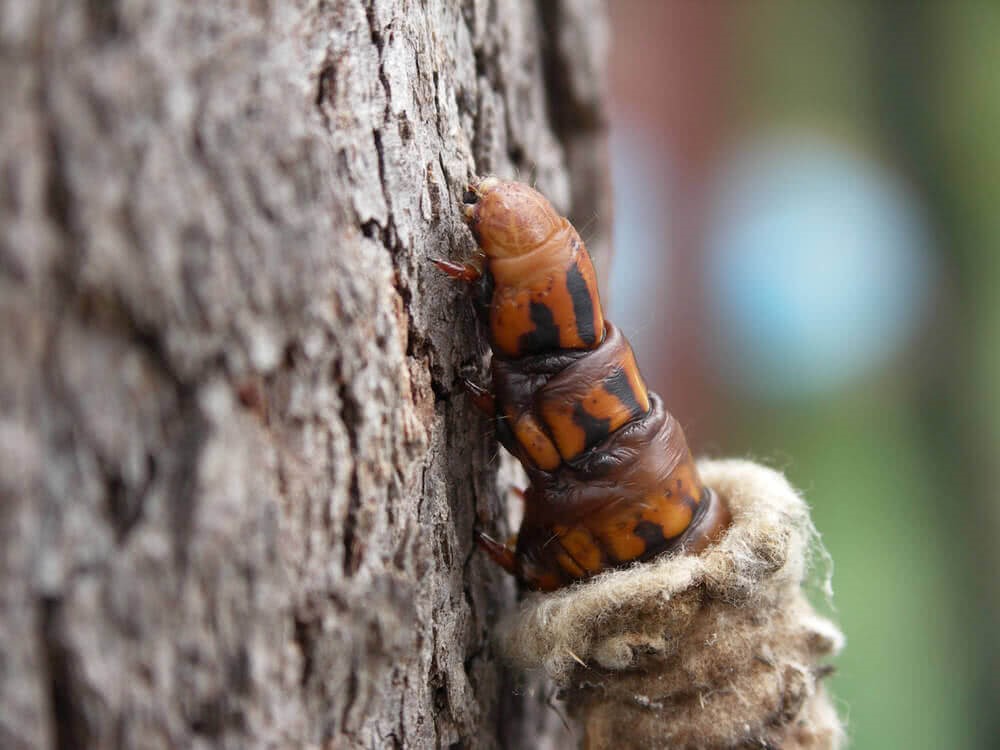
Bagworm silk enables stronger conducting fibers than spider silk
Owing to its high flexibility and strength, spider silk has received much attention for uses ranging from medicine to aerospace applications. By combining natural silk, such as spider silk, with synthetic conductive polymers, researchers can produce textiles with conduction, light emission, and photovoltaic functions. It is also possible to create biocompatible materials that can be used in regenerative medicine and biomedical materials.
Research team combined polyaniline, a conducting polymer that can be easily synthesized, with bagworm silk obtained from a bagworm nest. The composite fibers obtained from the silk and polyaniline were 2 microns in diameter and acted as optical waveguides.
The composite fibers can act as paramagnets: the fibers become magnetized when placed in an external magnetic field. By applying the bagworm silk/polyaniline composite in a field-effect transistor device, the research team also confirmed that the composite fiber is suitable for use in textile transistors.
The mass production of bagworm silk, these fibers can be developed for various practical applications—for example, as electromagnetic inference shields, conductive textile wires, and anticorrosion textiles.
This successful production of a strong conductive fiber comprised of bagworm silk and polyaniline will pave the path toward the application of these fibers in a variety of fields such as tissue engineering and microelectronics.
 English
English Arabic
Arabic


